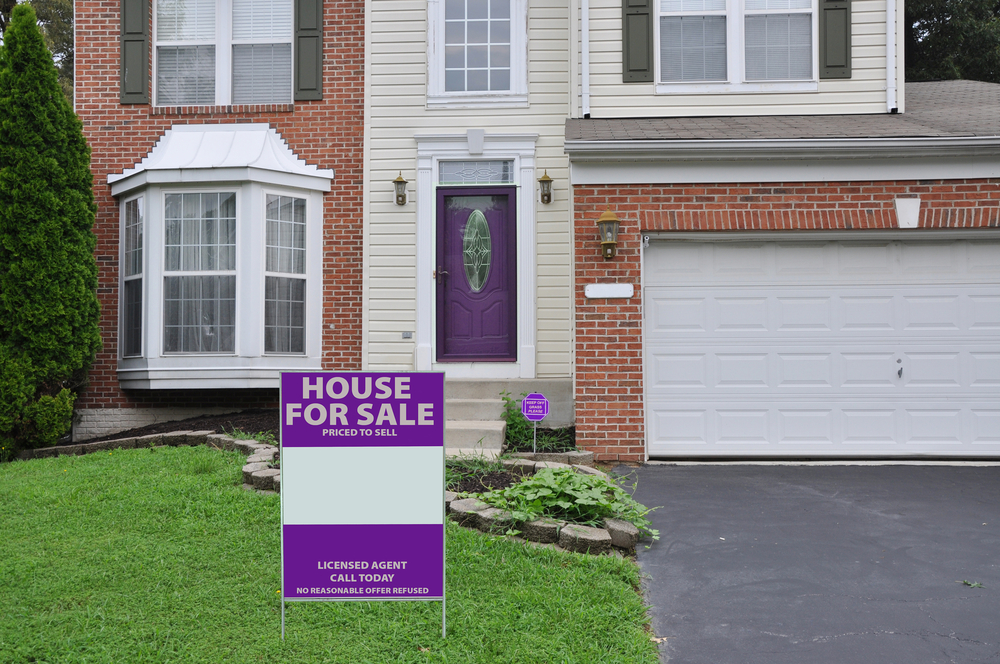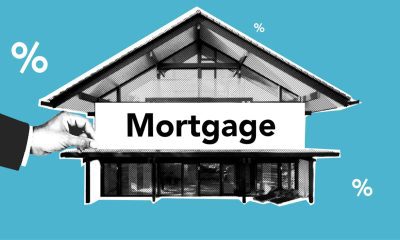Breaking
Many seek new homes near cities but are priced out
WASHINGTON — City living has been a blessing for Tim Nelson.
The Phoenix lawyer moved downtown a few months ago into a new $389,000 home with a warehouse-style floor plan, a Jacuzzi tub and kitchen counters made of Caesarstone quartz. His favorite coffee spot is three blocks away. When the Arizona Diamondbacks play on Friday nights, he can watch postgame fireworks from his deck.
“I like the views,” said Nelson, 50. “My commute is almost nonexistent.”
Nelson has plenty of company.
Americans increasingly say they prefer to live near the centers of cities and towns, where commutes are typically shorter and culture, restaurants and entertainment close by. It marks a shift away from the yearning for open suburban space that drove U.S. home construction for decades.
But it carries a costly trade-off: Land in many cities has surged in price. And fewer Americans can now afford newly built homes in the walkable neighborhoods they desire.
The average price of a newly built home nationwide has reached $320,100 – a 20.5 percent jump since 2012 began. That puts a typical new home out of reach for two-thirds of Americans, according to government data.
Yet many builders have made a calculated bet: Better to sell fewer new homes at higher prices than build more and charge less.
Their calculation is partly a consequence of the growing wealth gap in the United States. Average inflation-adjusted income has declined 9 percent for the bottom 40 percent of households since 2007, while incomes for the top 5 percent exceed where they were when the recession began that year, according to the Census Bureau.
Buyers have historically paid about 15 percent more for a new home than for an existing one, a premium that’s reached 40 percent today, according to the real estate data firm Zillow. An average new home costs about six times the median U.S. household income. Historically, Americans have bought homes worth about three times their income.
The high prices and sparse construction are no help for a still-subpar U.S. economy. With new-home sales well below their historical average, construction firms need fewer workers. The economy remains 1.49 million construction jobs shy of its total in December 2007, when the Great Recession began.
After 60 years of migrating to car-dominated suburbs, polls show more Americans want out of long commutes in favor of neighborhoods where jobs and stores are nearby.
Stuck with pay that’s barely budging, many face a tough choice: Keep renting. Pile up huge mortgage debt to buy a home near their job. Or buy a cheaper home that requires a lengthy commute.
“Middle-class Americans are (being) squeezed out,” said John McIlwain, a senior fellow at the Urban Land Institute.
Low mortgage rates have eased some of the pain from rising prices. But the desire to live near town centers on costlier land could depress home ownership rates to as low as 60 percent, McIlwain estimates. That would be down from 65 percent today and 69 percent during the housing bubble.
About 40 percent of Americans still live in a suburb “where most people drive to most places,” according to a new poll by the American Planning Association, a trade group for community planners. But just 7 percent say they hope to stay in car-dominated neighborhoods. Those findings mesh with a March report on the preferences of millennials by Nielsen Holdings.
The construction business thrived for decades by bulldozing cheap farmland into suburban networks of streets and houses. But as farmland grew costlier, land prices in cities and towns with attractive amenities soared, says Christopher Leinberger, a professor at George Washington University and an industry strategist.
Homebuilder Toll Brothers spent $24 million in 2012 to buy two-thirds of an acre near Nationals Park in Washington. That’s equal to roughly $830 a square foot, compared with $5 a square foot before the ballpark existed, Leinberger said.
At the Walnut Hill Townhomes in Chattanooga, prices start at $610,000. The figure reflects a revival of that industrial city. A pedestrian bridge spans the river, carrying locals to gastropubs, gourmet tacos and a waterfront park.
Dale Mabee, who’s building the homes, said his material and land costs meant prices had to be $243 a square foot, nearly three times the average in the metro area.
“It’s almost a necessity to build at a higher price point to make the numbers work,” Mabee said.
Among the buyers was Spencer McCallie, a 77-year old former school headmaster. McCallie initially retired to a lakeside cabin about 30 miles outside the city. But its quiet pleasures were undercut by long drives downtown for symphony concerts and Rotary Club meetings.
“We didn’t want to have to come in 28 miles because we knew we’d have to come home late at night,” McCallie said.
The shift in tastes is among factors that are eroding home affordability despite still-low mortgage rates. Among other factors: tighter lending rules and difficulty producing down payments.
All of which helps explain why construction has yet to rebound with vigor. Just 433,000 new homes were sold on an annualized basis in April. Over the previous half-century – when the United States had a smaller population – annual sales had averaged 660,000.
Builders noted in recent earnings calls the higher prices and the decline in construction.
Richard Dugas, CEO of PulteGroup, says building entry-level homes isn’t profitable enough anymore.
Builder D.R. Horton says escalating prices have left first-time buyers “underserved.” It’s introduced a low-cost division with homes priced as low as $120,000, targeted in part at millennial buyers but located at the edges of suburbia where land is cheaper.
For those able to live downtown, the tight supply of new homes has forced them to act fast.
Crews broke ground last month on a 47-rowhome luxury development in Chicago. Every apartment – starting at $562,900 – sold before digging began. The rooftop decks survey the city skyline. Buyers are waiting 12 to 16 months for construction to finish before moving in, said Heather Gustafson of CMK Realty.
The homes are built in the Cabrini-Green area, once occupied by a housing project notorious for gang violence. The city began to demolish the project in 1995 and resettle residents, clearing prime real estate just a 20-minute walk from the office towers and trendy restaurants of Chicago’s Magnificent Mile.
Adam Kriticos, a mortgage broker, bought the last available home at the development, known as Basecamp River North. He had less than four days to make an offer after touring a model home. That didn’t faze him.
“It’s not like we’re overpaying for where the market is now,” he said.






















